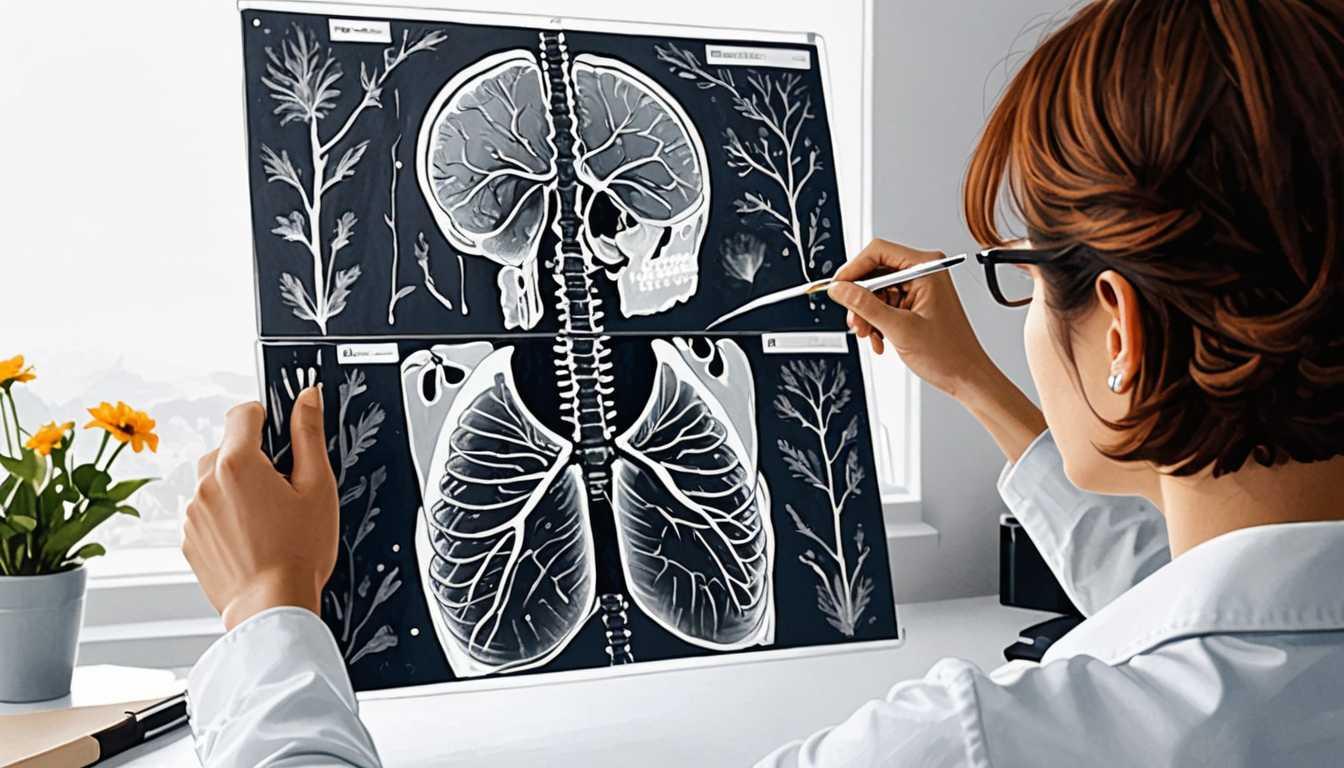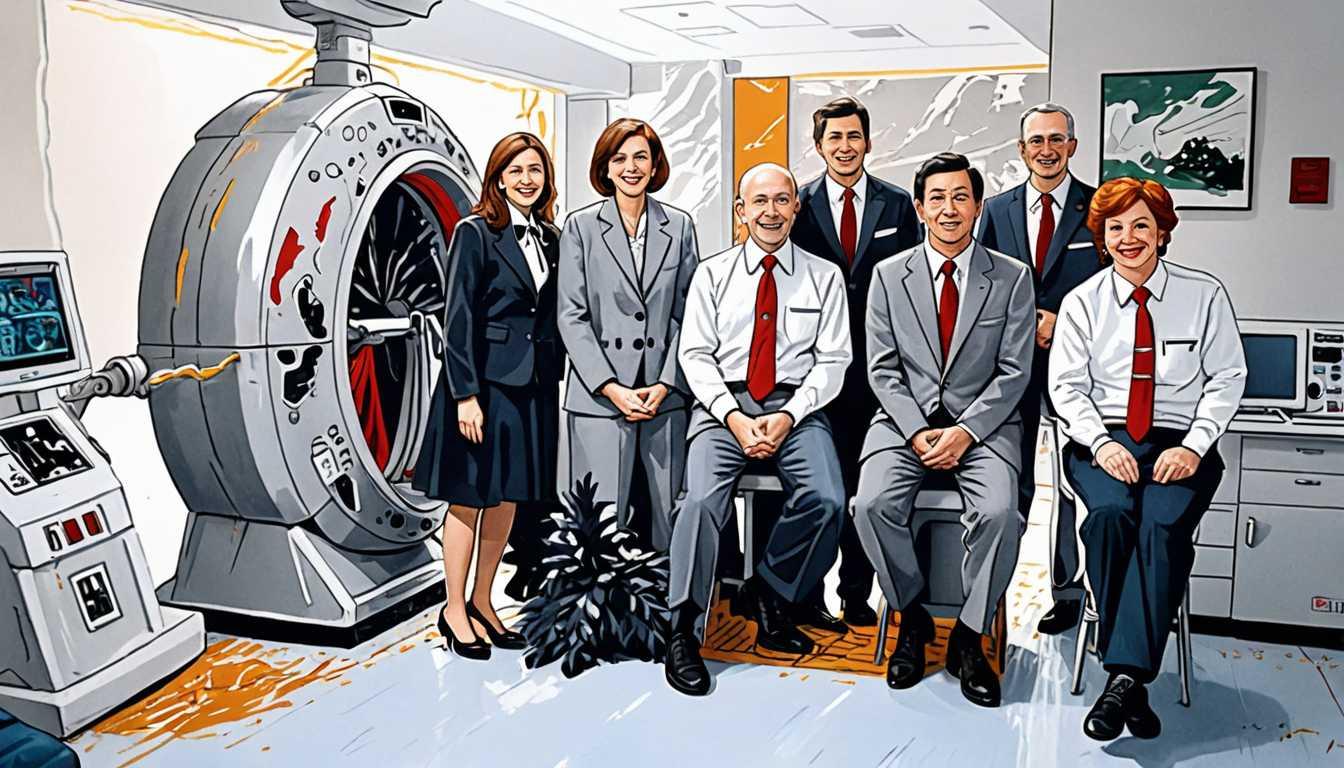Surgery Training Goes Virtual at MIT
February 2024
Massachusetts Institute of Technology (MIT)
Introduction
Imagine learning brain surgery from a digital twin of a top neurosurgeon, without leaving your room! That's exactly what's happening thanks to a groundbreaking project at MIT. Neurosurgeon Benjamin Warf's avatar is teaching surgery techniques across continents, making high-level medical training accessible in unprecedented ways. This initiative not only bridges geographical gaps but also boosts confidence among medical residents. Dive into this fascinating blend of virtual reality and medical innovation that's shaping the future of surgery training.
READ FULL ARTICLEWhy It Matters
Discover how this topic shapes your world and future
Unlocking the Future of Medicine Through Virtual Realities
Imagine a world where surgeons can be in two places at once, training and guiding future medical professionals across the globe without ever stepping on a plane. This isn't a scene from a sci-fi movie; it's becoming a reality thanks to breakthroughs in brain surgery training through avatars. At the heart of this innovation is the ability to bridge vast distances and democratize access to high-quality medical education and care, especially in remote or underserved areas. For students like you, who are the future innovators, understanding the significance of this technology could spark ideas that further transform healthcare, making it more accessible and effective worldwide. This topic not only highlights the rapid advancements in medical technology but also underscores the importance of global collaboration and innovation in addressing healthcare disparities.
Speak like a Scholar
Avatar
A digital twin or representation of a real person in a virtual environment, used here for teaching complex medical procedures.
Virtual Reality (VR)
A computer-generated simulation of a three-dimensional environment that can be interacted with in a seemingly real way through special electronic equipment, like goggles.
Augmented Reality (AR)
An enhanced version of reality created by the use of technology to overlay digital information on an image of something being viewed through a device (such as smart glasses or a smartphone camera).
Volumetric Video Capture
A technique that captures an object or scene from multiple angles to create a three-dimensional representation that can be viewed from any perspective.
Holoportation
A type of technology that allows high-quality 3D models of people to be reconstructed, compressed, and transmitted anywhere in the world in real-time, enabling virtual meetups that feel almost as real as face-to-face interactions.
Asynchronous & Synchronous Modes
Methods of communication or instruction where the former does not require participants to be present at the same time, and the latter involves real-time interaction.
Independent Research Ideas
The Psychology of Learning in Virtual Environments
Investigate how VR and AR technologies impact the learning process, retention rates, and practical skills acquisition in medical training compared to traditional methods.
Ethical Implications of Digital Avatars in Medicine
Explore the ethical considerations, privacy concerns, and potential misuse of digital avatars and holoportation in medical training and practice.
The Role of AI in Enhancing Virtual Medical Training
Examine how artificial intelligence algorithms can be integrated with virtual and augmented reality to provide dynamic, responsive training experiences that adapt to the learner's needs.
Improving Accessibility to Medical Education Through Technology
Analyze how virtual reality and digital avatars can bridge the gap in medical education and training opportunities for students in remote or underserved regions.
The Future of Remote Surgery
Delve into the potential for technologies like VR, AR, and digital avatars to enable experienced surgeons to guide or even perform surgeries remotely, transforming the accessibility and efficiency of surgical care.
Related Articles

Wearable Sensors: The Future of Healthcare
June 2024
Caltech Magazine

Mia: AI's Triumph in Cancer Detection
November 2023
Imperial College London

Smart Anesthesia: The Future of Surgery
November 2023
Massachusetts Institute of Technology (MIT)

AI: The Future of Medicine
July 2023
MIT Technology Review

Sybil: AI's Leap Against Lung Cancer
January 2023
Massachusetts Institute of Technology (MIT)